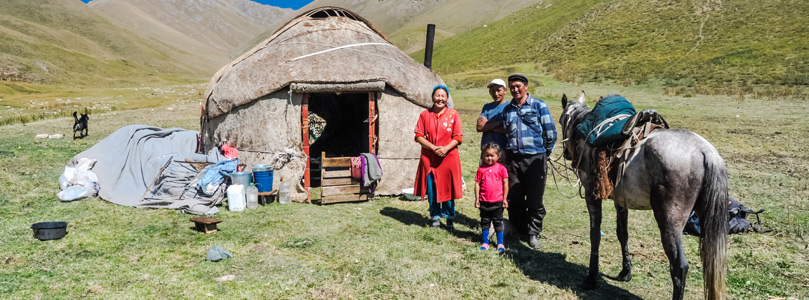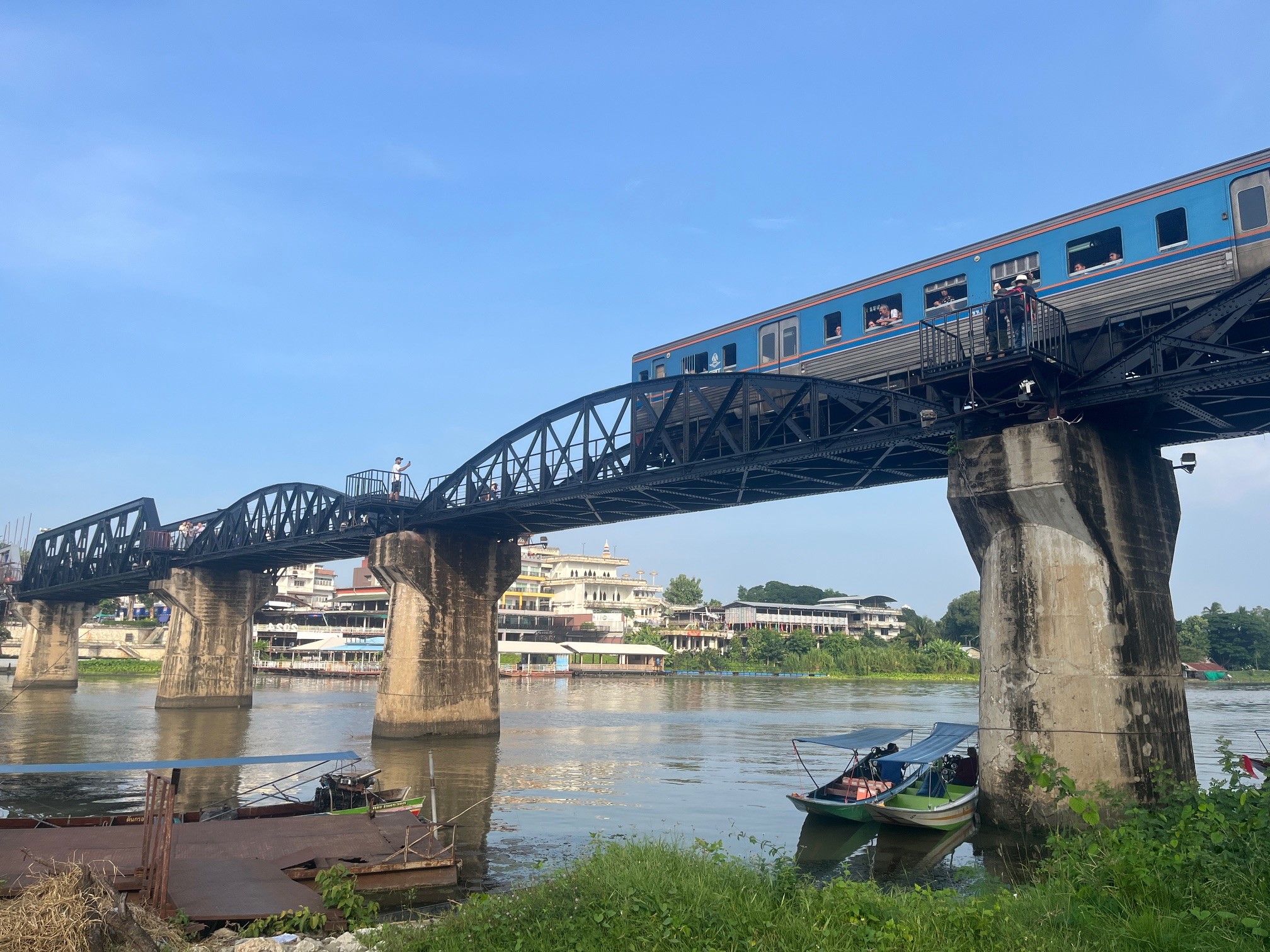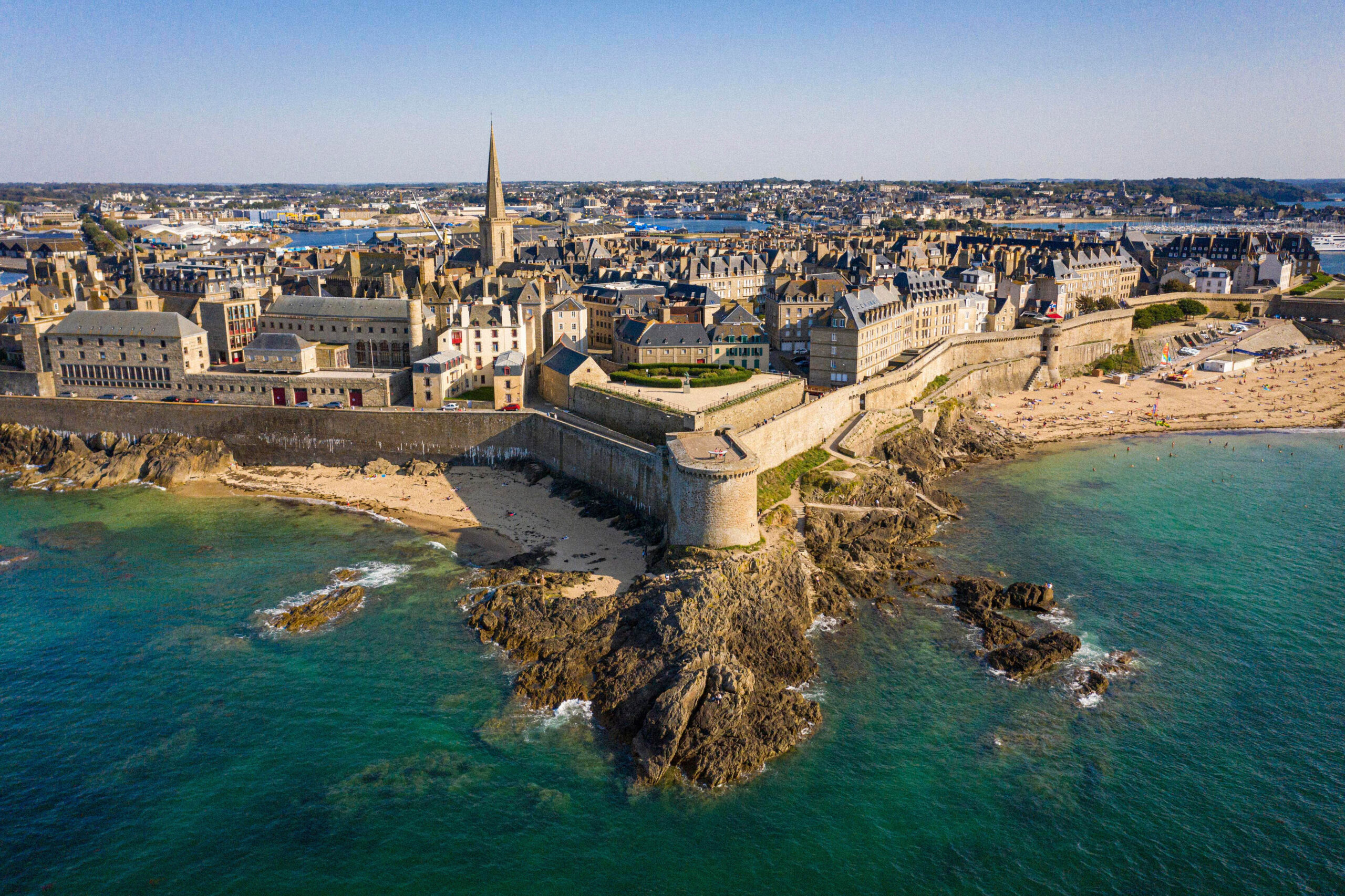A honeymoon in Kyrgyzstan? Most of our friends widened their eyes when we made this announcement. But my wife and I like trekking in the mountains, so after having visited the cities of the Silk Road in neighboring Uzbekistan, we ended up at the foot of the Kirghiz summits in Karakol on the shores of Ysyk-Köl lake.
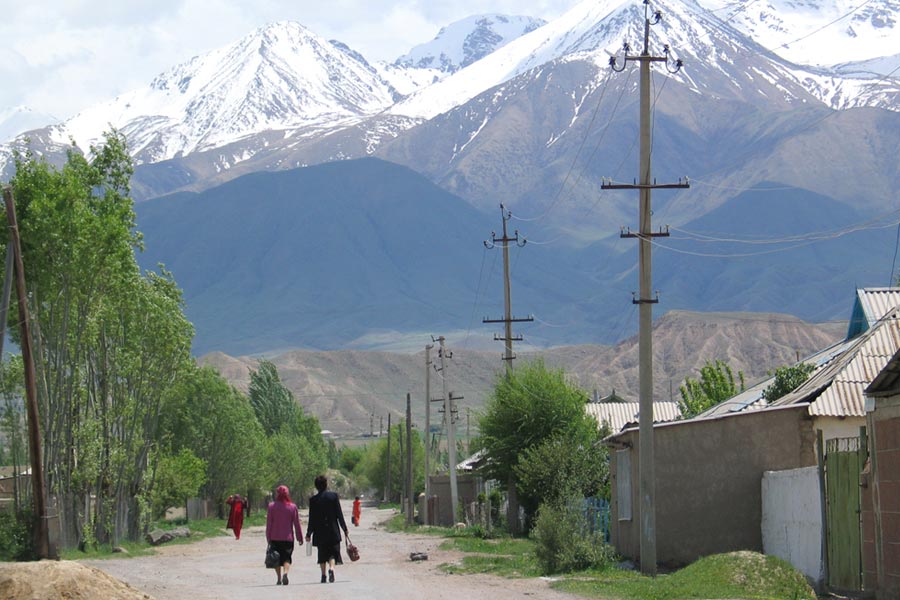
We went up a plain Soviet-style architecture building to find the trekking agency with which we had booked and to meet our guide. It turned out our guide was a full team: a porter, a cook, a Kirghiz interpreter to communicate with the nomads and a Soviet alpinism ace as main guide. A little bit much to accompany two newlyweds, but nothing we could do about it, this was all included in the price. The next day the guide and the cook offered to do the shopping at the local market claiming they would obtain better prices than western tourists.

In terms of groceries, our guide mainly bought eight vodka bottles and a large amount of peanuts « to trade with the nomads ». At the first lunch break, the guide and the porter found a nice spot on the river bank and started emptying the vodka. We left them and continued the trek with the cook and the interpreter taking with us enough to set up camp. Our guide arrived at the camp after 11pm, perfectly drunk and unable to put up his tent in the dark.
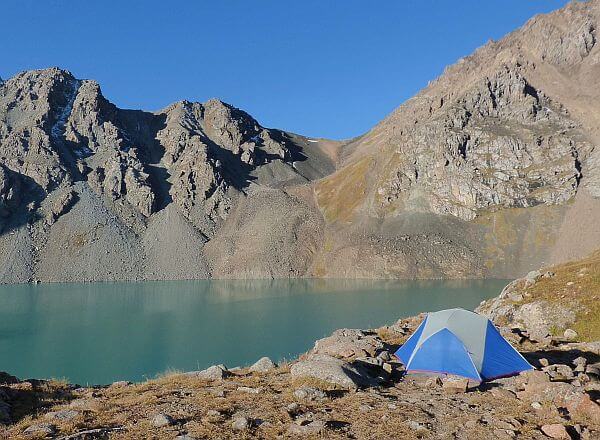
The next morning my wife gives me the responsibility to talk with the guide. I try to make it clear that his job is to lead us, not to reel three hours behind us. He is not pleased and tells me: « You want sport? You’ll get some! ». He puts on his backpack and gets on the road in a very brisk pace, enjoining us to follow him « if you can ». He was indeed hard to follow, but ten minutes later he was sitting on the side of the road, panting and yelling « Time out! ». That scene reminded of one of my preferred pictures from « Tintin in Tibet » which I copy here.

Once the vodka was all finished up, our trek began to be more normal and our guide more interesting. He helped us discover the wonderful mountain landscapes from Kyrgyzstan. For example, I remember one pass with awesome views towards the peaks marking the border with China. The peanuts bought at the start and our interpreter also proved very useful when we had to supplement our meager rations with kumis, the fermented mare milk prepared by the Kirghiz nomads.

I remembered those days trekking in the Kirghiz mountains while reading Laurent Mauvignier’s beautiful novel « Continuer (To Continue) » (not available in English). The two main characters, Sybille and her son Samuel, crisscross the steppes and valleys on horseback and not by foot. But they also stop in villages and nomad camps for surprising encounters, are invited to drink kumis and in the evening to toast with vodka.

Beyond walks in breathtaking landscapes – well captured in Joachim Lafosse’s film adaptation – the novel is first and foremost the story of a mother and a son who lost themselves during a divorce and a tumultuous adolescence. Sybille takes Samuel on this trip to Kyrgyzstan hoping that mother and son would talk and find themselves back.

The Kirghiz village is also at the heart of « Jamila », the short story that made Chinguiz Aitmatov known beyond the USSR’s borders. Many years after the events, Seit remembers Jamila, his new sister-in-law who had married his older brother Sadyk. The 2nd World War arrives and Sadyk needs to leave to the front, to the West, far away from his mountains. At the collective farm, the work needs to be performed by those who have not been drafted: the women, like Jamila, the ones who are too young, like Seit, or the crippled like Daniyar, who is not from the village, debarked from nowhere and becomes everyone’s laughingstock.

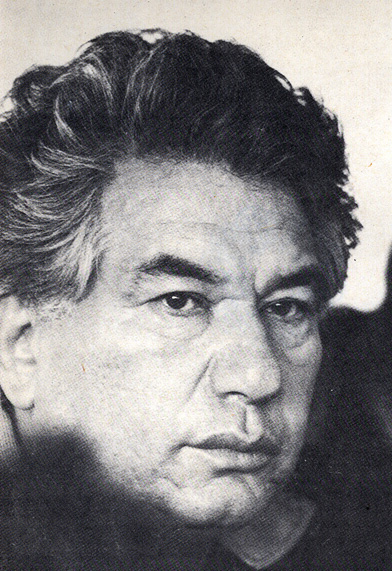
One evening Seit, Jamila and Daniyar drive back home in the same cart. Jamila starts humming a melody and Daniyar, usually so quiet, takes over her song. Jamila is ensorcelled and under the charm. When it is announced that Sadyk, injured on the front, will leave the hospital to come back to the village, Daniyar and Jamila elope in the steppe. This is a very simple story, but one that Louis Aragon, who translated it in French, called the “nicest love story in the world”. Difficult to find better while on honeymoon!
